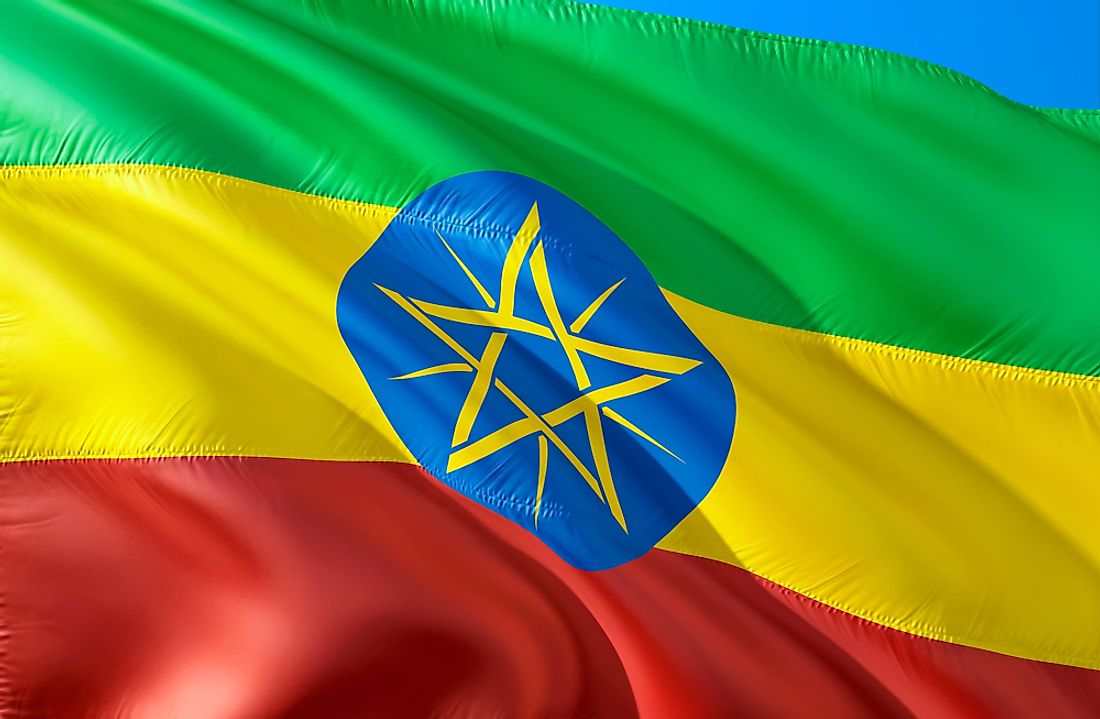What Type Of Government Does Ethiopia Have?

Ethiopia has a long history of dynasties and emperors, dating back to before the Middle Ages. The country went to war for the second time with Italy in 1936, which resulted in an Italian occupation until 1941. This war occurred during the reign of the last emperor, Haile Selassie. He was overthrown by a Soviet-backed military dictatorship. Rebel groups formed in response to the dictatorship, and by 1991, the Ethiopian People’s Revolutionary Democratic Front took over the capital. This move began what is known as the Transitional Government of Ethiopia. To oversee the government, the new ruling political party created an 87-seat Council of Representatives, which was made up of several political parties. In 1992 and 1993, some of the parties left the government. This led to the new Constitution of 1994.
The Government Of Ethiopia
After implementing the Constitution of the Federal Democratic Republic of Ethiopia, the first multi-party election was carried out. This resulted in the first elected President, Prime Minister, Parliament, and regional legislatures. Today, the government functions under a federal parliamentary republic. This system means that the Prime Minister is the head of government. Although the country also has a President, most of the governing power is in the hands of the Prime Minister. Ethiopia is divided into 9 regional states. The boundaries of these states are based on ethnic majorities in the population. Additionally, two cities enjoy self-governing status: Addis Ababa and Dire Dawa.
Executive Branch Of The Government Of Ethiopia
The President is Ethiopia's ceremonial head of state. The executive branch also consists of the Council of Ministers, made up of the Prime Minister, the Deputy Prime Minister, and other Ministers and members. The Council is selected by the House of People’s Representatives. There are several Ministries that make up the executive branch of the government: Foreign Affairs, Agriculture and Rural Development, Water Resources, Health, and Environment.
Legislative Branch Of The Government Of Ethiopia
The legislative branch, Parliament, consists of the 108-member House of Federation and the 547-member House of People’s Representatives. The public votes for the House of People’s Representatives; these representatives vote for the President, who serves for a 6-year term. The Prime Minister is appointed by controlling political party. State assemblies appoint members to the House of Federation, who serve for 5-year terms.
Judicial Branch Of The Government Of Ethiopia
The Prime Minister recommends the President and Vice-President of the Federal Supreme Court to the House of People’s Representatives. This administrative body then appoints them to the office. The Federal Judicial Administrative Council selects candidates for federal judges and the Prime Minister then submits these candidates to the House of People’s Representatives for appointments.
Political Environment In Ethiopia
Since 2005, the country has experienced significant unrest and protesting by its citizens. The elections of that year ended in the losing party claiming fraudulent voter activity. This held up official results being announced. Political protesting and rioting broke out across the capital, resulting in the deaths of 68 people and hundreds of arrests. International governments differed in opinions, with some claiming that the elections had not been fair and others claiming that Ethiopia was moving closer to democratic ideals.







